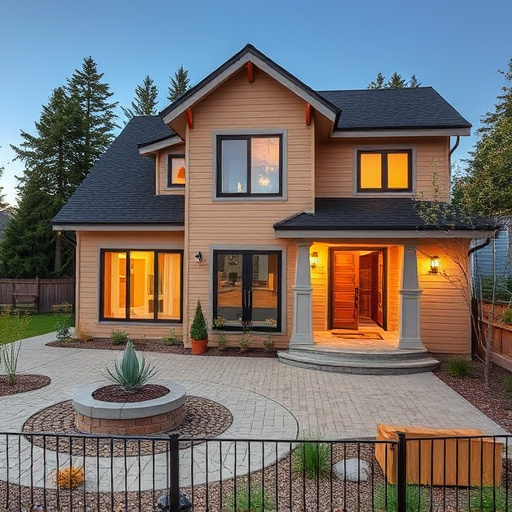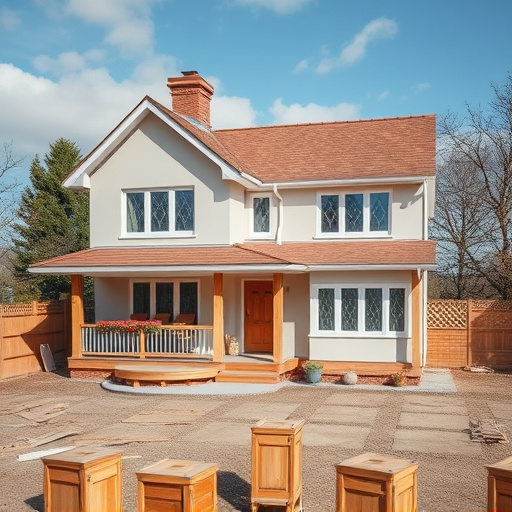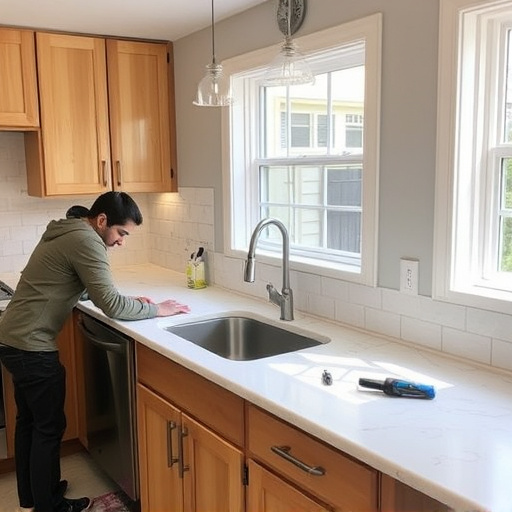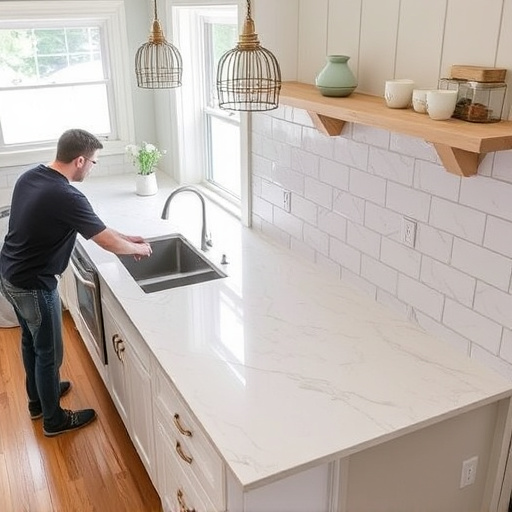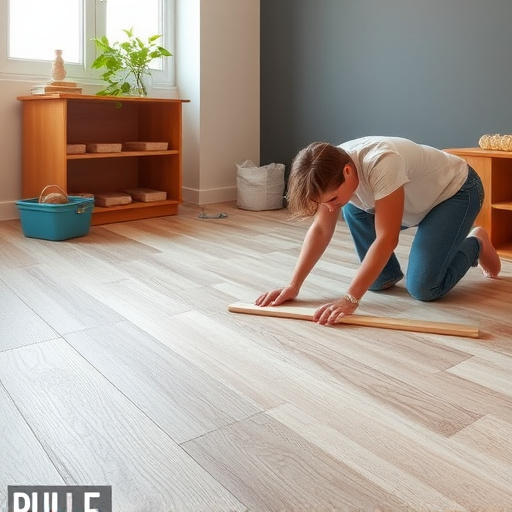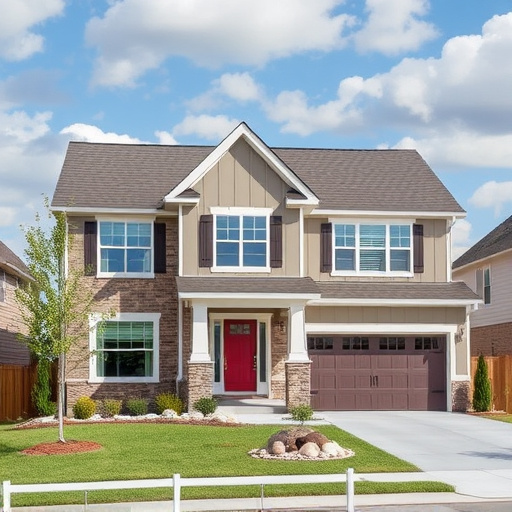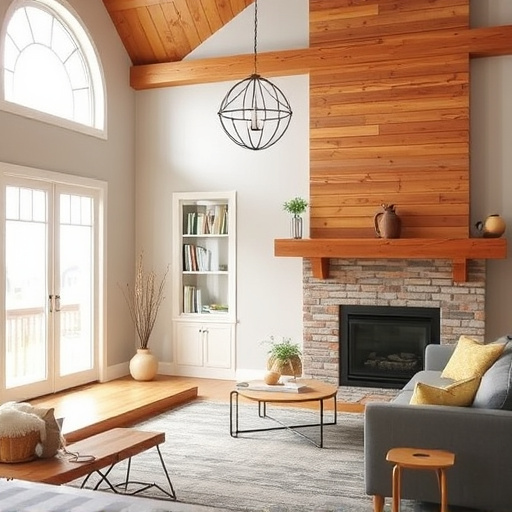Choosing the right flooring for your home involves balancing aesthetics and practicality. Different materials like hardwood, vinyl, carpet, tile, laminate, and bamboo cater to various styles, budgets, and lifestyles. Consider durability, maintenance, comfort, insulation, and ambiance to integrate flooring seamlessly with interior painting and design goals, creating visually appealing, functional spaces. Prioritize high-traffic areas' wear and tear resistance, budget constraints, and lifestyle compatibility for long-lasting results.
Modern flooring design is more than just choosing a material; it’s an art that transforms your space. This comprehensive guide explores essential tips for creating a seamless look that seamlessly blends style and functionality. From selecting the perfect flooring material like wood, tile, or vinyl, to navigating layout strategies and embracing current trends, we’ll uncover secrets to achieve a polished, contemporary aesthetic. Discover how to use patterns, rugs, and innovative installation techniques to elevate your interior design game with these essential flooring design tips.
- Choosing the Right Flooring Material for Your Design
- – Understanding different flooring types: wood, tile, carpet, vinyl, and more
- – Considerations for durability, maintenance, and budget
Choosing the Right Flooring Material for Your Design
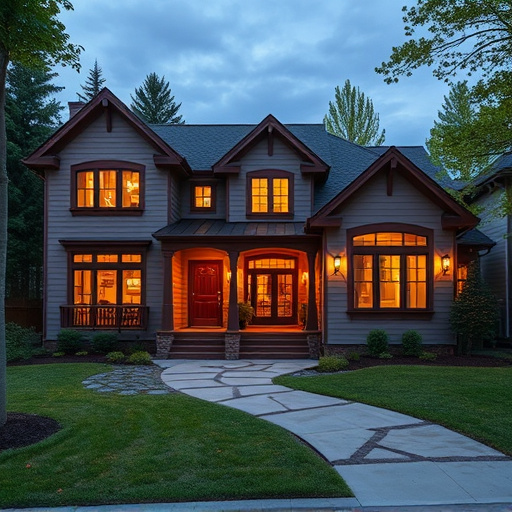
When it comes to achieving a seamless flooring design, selecting the right material is half the battle won. Different flooring options offer unique aesthetics, durability, and maintenance requirements that align with various interior styles and lifestyles. For instance, hardwood floors exude warmth and natural beauty, making them an excellent choice for traditional or rustic flooring design themes. Vinyl, on the other hand, is a versatile option suitable for modern, industrial, or even kid-friendly spaces due to its water resistance and low maintenance needs.
Consider your lifestyle, budget, and desired ambiance when choosing. For residential renovations, carpeting provides comfort and insulation, while tile flooring adds elegance and ease of cleaning. If you’re looking for a cost-effective solution that mimics the look of wood without the upkeep, luxury vinyl plank (LVP) floors are a popular pick. Whatever your preference, understanding the pros and cons of each material will ensure your flooring design choices complement your interior painting and fit seamlessly into your space.
– Understanding different flooring types: wood, tile, carpet, vinyl, and more
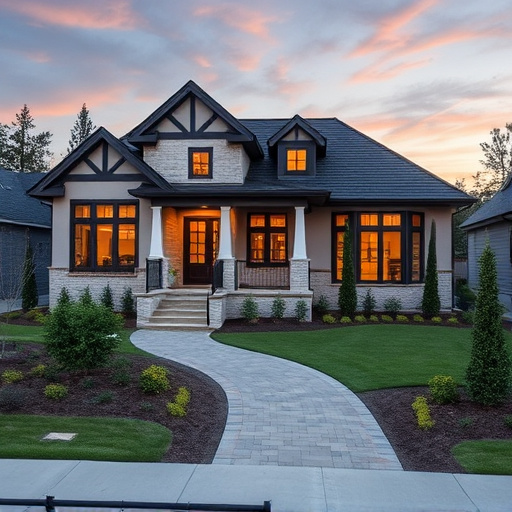
When it comes to modern flooring design, understanding the diverse range of flooring types available is key to achieving a seamless look in your home transformations. Each material offers unique aesthetics and characteristics that can significantly impact the overall ambiance and functionality of a space. For instance, wood flooring adds warmth and natural charm while being versatile enough to complement various interior styles. Tile, on the other hand, provides a wide array of designs and textures, making it ideal for creating eye-catching patterns or defining specific zones within a room. Carpeting offers comfort and insulation, perfect for bedrooms or areas where a cozy feel is desired.
Furthermore, vinyl flooring has gained popularity due to its durability and affordability, serving as a practical option for high-traffic areas without sacrificing style. Laminate and bamboo flooring are also worth considering for those seeking sustainable alternatives that mimic the look of wood. When exploring floor replacements or incorporating home improvement services, recognizing these options allows you to make informed decisions aligned with your design goals, ensuring a successful and visually appealing outcome.
– Considerations for durability, maintenance, and budget
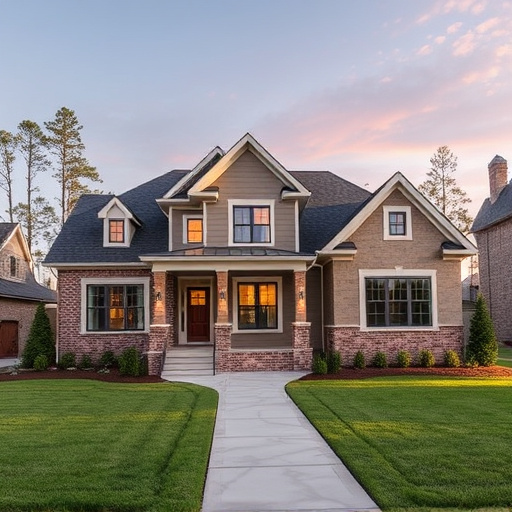
When it comes to modern flooring design, balancing aesthetics with practicality is key. Before settling on a style, consider the wear and tear your chosen flooring will endure, especially in high-traffic areas like kitchens and baths. Durability is paramount; you’ll want materials that can withstand constant use without showing signs of strain. Natural stones like marble or granite offer a luxurious look but require specialized care to prevent staining and scratches. For a more budget-friendly option, consider concrete, which, when polished, presents a sleek finish while being highly durable.
Budget is another crucial factor in flooring design. While custom work can lead to breathtaking results in home additions, it often comes with a premium. Opting for pre-cut or machine-finished options might be more cost-effective without sacrificing style. Vinyl and laminate are popular choices known for their affordability and easy maintenance—perfect for those looking to renovate without breaking the bank. Each flooring type has its own maintenance requirements, so weigh these factors against your lifestyle and expectations to achieve a seamless, long-lasting look throughout your home’s key areas, be it the kitchen, bath, or beyond.
When designing with modern flooring, the key lies in selecting materials that align with your lifestyle, space, and aesthetic. By weighing factors like durability, low maintenance, and budget, you can achieve a seamless look that elevates any interior. Remember, the right flooring choice not only complements your design vision but also withstands the test of time, ensuring your space remains stylish and functional for years to come. Incorporate these modern flooring design tips into your project for a flawless result.






